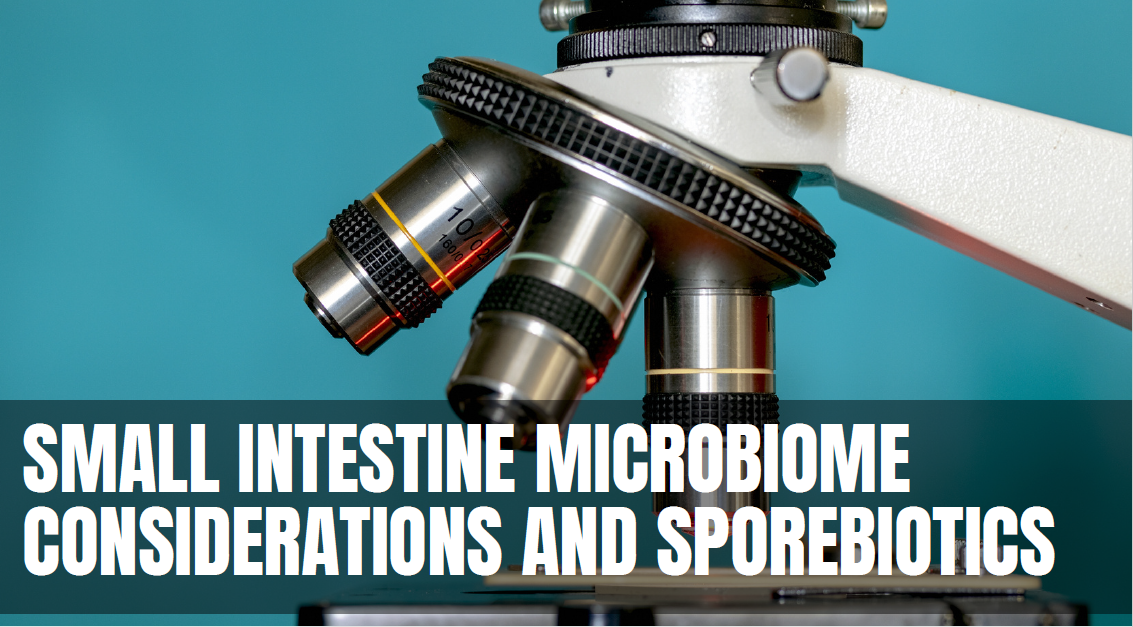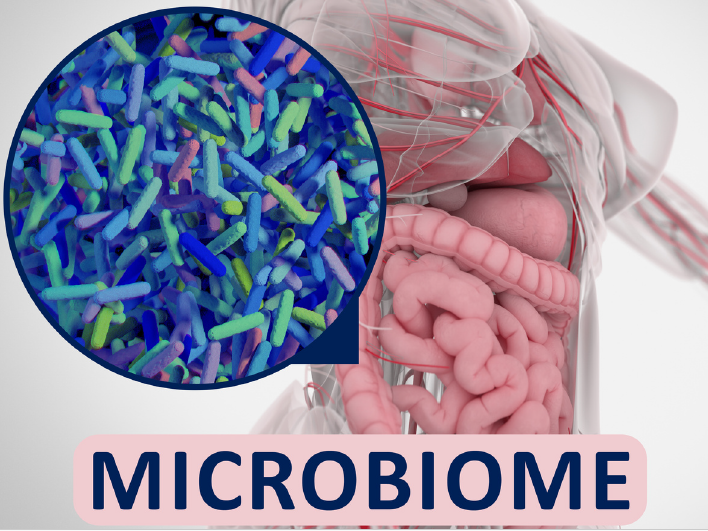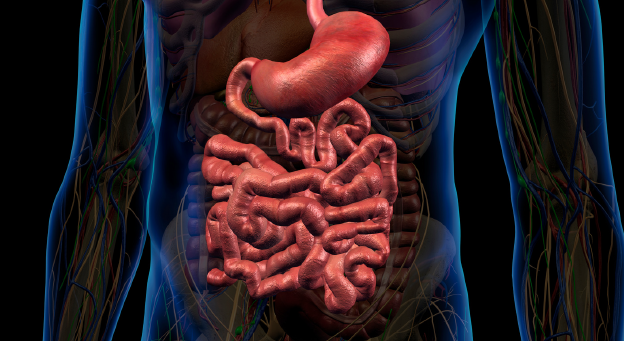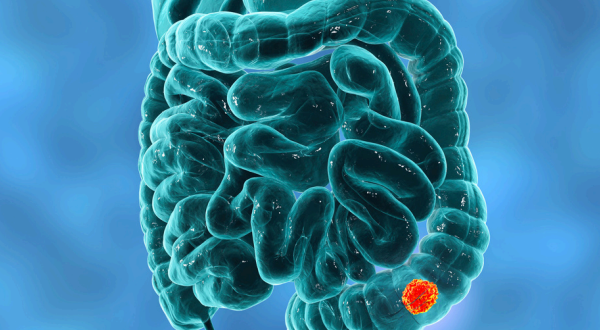Small Intestine Microbiome Considerations and Sporebiotics

Friends:
When most people hear the word “microbiome,” they think about our gut with its vast array of competing and synergistic bacteria. The microbiome is essential for a healthy life, ground zero for many aspects of our health, and when it goes wrong, it is the origin of many diseases.
This subject is massive, and indeed, having been in the industry and health for years, most of us should have a deep appreciation and some awe of its influence on our health, vitality, immunity, longevity, and even mental health.
But our concept and assumptions are open to some enlightenment and surprises because when we think about “gut health,” we may be unaware of the role and unique environment of the small intestines—significant differences in conditions, needs, population, and kinds of bacteria and their roles.
It’s like visiting Europe and then popping over to North Africa—different environments, different needs, and what works in one place does not fit or is even right in another. The culture and people are different; the weather and landscape are different. What works in the lower intestine differs from the small intestines.

However, though the microbiome is present in both places ( including the unique oral environment), the populations and the people who make up those populations differ!
Thus, as we will soon discuss, the most ideal and effective forms of probiotics can differ in what is emphasized.
Think of the lower gut, especially the cecum, where trillions of bacteria are present, more than the number of cells, making your body like a densely super-populated “urban area” while the small intestines with a less dense and far less populated, very dynamic, rural environment.
If the same level or somewhat the same population existed in the small intestines, it would be a significant disease leading to very harsh symptoms and consequences from bleeding, multiple nutritional deficiencies, osteoporosis, severe gastrointestinal distress, and possible death.
This manifestation of excess bacteria in the small intestines is called SIBO (Small Intestinal Bacterial Overgrowth). Remember that a healthy colon contains a factor to the power of more than thousands and thousands of times more bacteria than the small intestines.

SMALL INTESTINES
Low diversity and density of gut bacteria
Digestive secretions–many digestive enzymes, including “lactase,” sit along its brush border where nutrients are processed and then absorbed
Nutrient-rich environment
Shorter transit time
Long tube, about 21 feet. 2-3 cm diameter
Huge surface area for nutrient absorption–about the size of a tennis court

COLON
High diversity and density of gut bacteria
No digestive secretions
Nutrient-poor environment ( relative)
Longer transit time
Short, wide tube–about 6 feet and 6-8 cm wide–much smaller and thicker walled surface area.
From Briticana: “Although the small intestines are only 3 to 4 cm in diameter and approximately 7 meters in length ( about 21 feet), it
has been estimated that its total absorptive surface area is approximately 540 SQUARE FEET. This enormous absorptive surface is
provided by the unique structure of the MUCOSA, which is arranged in concentric folds with the appearance of transverse ridges. “
COLONIZATION VS GERMINATION
Colonization: Making this very simple, when probiotics are taken that are “alive” and must be kept viable through refrigeration, and
if they survive the digestive juices ( most do not), they will adhere to the intestinal membrane and colonize the intestinal tract. Most
typically, in the lower intestines, they will be set up through their communication system ( quorum sensing as discussed in previous
Dr. Koz columns) to establish their presence amongst your flora for a reasonably long time. So again, only with “Live bacteria.” For
edification, the following:
Live–Viable cells that can reproduce and colonize.
Active–Full probiotic cell intact but no longer alive, no colonization capability.
Post Bitoic–Broken apart cell and its constituents
Prebiotic–Just the food for the bacteria they can metabolize–no cells, but invaluable for the growth of a healthy flora.
Germination is most typical of Sporebiotics. Once these bacteria hit the small intestines, they grow rapidly in numbers but
ultimately do not adhere and do not form colonies. They are in and out of your system typically in less than a month.
SPOREBIOTICS VS PROBIOTICS
An excellent excerpt from her blog Nutrition by Nathalie“:
“Enter sporebiotics. Sporebiotics are soil-based probiotics, meaning they consist of bacteria (typically Bacillus rather than Lactobacillus or
Bifidobacterium) natively found in our soil. These strains of bacteria found in nature, on fruits, roots, and tubers, were consumed by our
ancestors and functioned as the “original” probiotic (pretty cool, right?).
Sporebiotic supplements are usually a blend of Bacillus spores, highly resistant structures in harsh environments (like the stomach) thanks
to a natural protein shell, and active in favorable environments (like the large intestine).”
“While probiotics are meant to re-colonize the gut, meaning they multiply and form a stable, replicating population, sporebiotics
recondition the gut by increasing microbial diversity and promoting the growth of health-promoting bacteria.
Sporebiotics stay in the gut for about 21-28 days, using quorum sensing to read the microbial environment and scan for pathogenic and
beneficial bacteria.
Amazingly, they can both target and kill harmful gut bacteria and produce metabolites that encourage the re-growth of helpful bacteria.
After 21-28 days, the bacterial spores leave the body through your poop and transition back to their dormant state, ready to be used again
(how incredible is mother nature?).”
Another feature of sporebiotics that I really gravitate to and that is quite unique is that upon germination in the small intestines,
where digestion starts the absorption of nutrients and sugars, they create an explosion of digestive enzymes, from lactase to digest
milk to proteolytic enzymes to better absorb amino acids and antibiotic-like compounds.
There are many key recognized sporebiotics. Many different strains can represent each bacterium, and some are toxic, like
Clostridium, which creates food poisoning.
I like Bacillus coagulans and Bacillus subtilis in moderation in my formulations for health, improved digestion, and better immunity.
These bacteria can be used safely and intelligently in functional foods and beverages, including those that first target the more
oxygen-rich small intestines before they descend into the required anaerobic conditions of the large intestines that is required for
the traditional probiotics.
